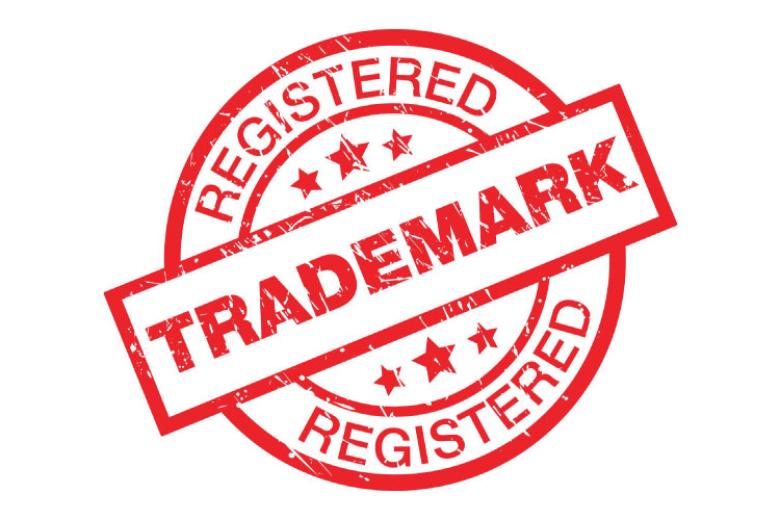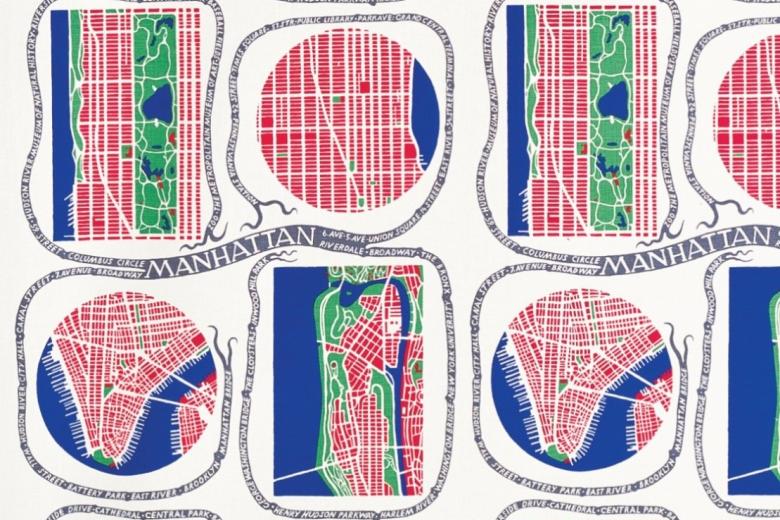"Upload filter: music industry crying wolf?"
Article 17 Digital Single Market Directive necessitated many online platforms to have an upload filter to prevent copyright infringements. The rationale behind this was to solve the ‘value gap’ that the music industry believed to exist between revenues generated by music-streaming platforms and revenues of music creators. But was there a disease to be cured in the first place?
Once upon a time in the music industry…
Ever since downloads and streaming overtook CDs, the music industry has fought a losing battle for revenues. Music labels asserted that the growing streaming revenues did not offset the decline in physical and download sales and claimed that ad-based segment of music streaming was not paying its fair share.
In 2016, YouTube, which runs ads and relies on user-uploaded content, had over 800 million monthly music video viewers, while subscription-based services, like Spotify or Deezer, had 68 million listeners. YouTube was hosting tons of copyrighted content; however, under the E-Commerce Directive, it was not liable for copyright infringement if it unwittingly hosted, cached, or “acted as a conduit” for copyright-infringing material; liability would only be triggered if the platform was notified of an infringement and failed to act promptly. This directive also did not create a legal obligation for such platforms to police their services for copyright infringements. According to the music industry representatives, this immunity coupled with a large audience created a distortion in the market, labelled the ‘value gap’.
Simply put, it is a mismatch between the value that digital platforms gained, relying on user-uploaded content, and the revenue received by right-holders. Thus, in 2016, Spotify paid nearly $2 billion of royalties to right-holders, while YouTube accounted for only $1 billion despite having ten times the audience. This was claimed to be unfair. Notably, the music industry essentially asserted that Spotify and YouTube were being used for music streaming in the same way, hence demanding the same remuneration from them would be justified. This, however, questionable as they present two different services that are used for very different purposes (after all, you cannot watch cat videos on Spotify).
Art. 17 Digital Single Market Directive
In the eyes of the music industry, ad-based platforms with user-generated content placed right-holders at an obvious disadvantage. Thus, addressing the ‘value gap’ became the industry’s highest legislative priority. The campaign started by music labels to level the playing field proved a success - the need for legislative change was acknowledged by the European Commission in 2015. Following a turbulent adoption period, it resulted in the creation of the Digital Single Market Directive (DSMD).
Article 17 DSMD makes online platforms liable for any copyright infringements made by their users. To avoid this, they can obtain a license or take “best efforts” to prevent the appearance of infringing content on their platforms. While the provision is silent as to the nature of the effort, such prevention can only take place using ACR – automatic content recognition. Considering the number of posts uploaded onto various social media platforms each day, humans cannot sift through all that content. An example of such technology is YouTube’s Content ID – an expensive and elaborate software that checks content against a certain database of copyrighted audio tracks. Although this technology existed since 2007, the DSMD made its use a legal obligation if no license is obtained.
The aftermath
To say that Article 17 was dividing would be a severe understatement. Not only has it been widely criticized by individuals and businesses, it has also resulted in demonstrations and petitions against its application.
Moreover, the implementation of the Directive has become a mess. It was due to be implemented by 7th June 2021, however, few EU Member States complied with the deadline. The Polish government has filed a request to annul the filtering obligation in Article 17 on the grounds that it limited freedom of expression and leads to censorship, which was heard by the CJEU on 10th November 2021. There were other problematic provisions too. The Commission released its Guidance only one working day before the deadline, and the Member States adopted their own ways of implementing the Directive – ranging from creating new rights for copyright holders to introducing detailed procedures on blocking infringing content.
In addition, very strong criticism can be directed at the underlying idea of Article 17 – the ‘value gap’ itself. The equivalence between subscription-based streaming services and advertisement-based services lying at the heart of the value gap is highly questionable. The actual difference made by the DSMD was that it stripped YouTube of a powerful bargaining chip when negotiating licences with music labels – now, it is obliged to police its content for infringements if it does not want to purchase a license.
In any event, the music industry got what it wanted – thanks to having DSMD on its side, it managed to negotiate better licensing contracts. This is evidenced by the fact that the ‘gap’ has indeed shrunk. In 2020, YouTube contributed $4 billion to the music industry against Spotify’s $5 billion. We need to ask ourselves whether the ‘value gap’ was indeed the problem that required such a massive shift in European copyright law. In any way, the result of this shift is something that will trouble lawyers, businesses, and users for years to come.
| Written by Shaina Wheeler, Jenny Ojanperä, Pavel Chernov, bachelor students European Law School 2021/2022 - More blogs on Law Blogs Maastricht |
-
Protection of reputable marks beyond confusion: does “due cause” help to strike a balance between trade mark proprietors and content creators?
Content creators, exercising their freedom of expression, may use trade marks in their content in a way that might damage the interests of trade mark proprietors (e.g. use of Nike shoes in a porn movie). How does EU trade mark law address these different interests?

-
Computer-Implemented Inventions: has the term “invention” in the EPC lost its meaning?
The European Patent Convention defines subject-matter that is not eligible for patent protection, such as methods for doing business. However, when implemented by a computer, non-eligible subject matter becomes eligible for patent protection. Is this desirable?

-
The ambigous nature of the amended European trademark functionality doctrine
EU trade mark law excludes certain signs from becoming registered trade marks. In particular, shapes cannot be registered if they are necessary for achieving a technical result. In 2015, the amended Regulation broadened this exclusion to ‘another characteristics'. But what is now covered exactly?
